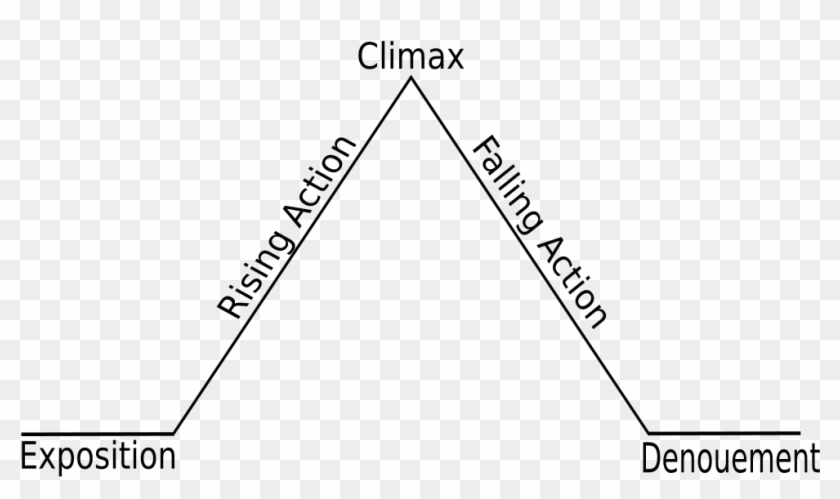Feature Profiles
When I worked as a TV reporter, there was definitely an adrenaline rush when covering spot news stories like house fires, bank robberies, and drug busts. However, the stories I remember the most both as a reporter and a viewer are feature profiles. A feature profile provides an inside look into someone's life. Done well, a profile can take us on an emotional journey, and for a brief moment, we get to step into someone else's life.
The most important part of a feature profile is the central character. Typically, the person you chose to profile should be a willing participant. A reluctant participant may be challenging to pin down for scheduling an interview, and the reluctance may come through on camera.
Finding someone happy to share their story and open up on camera will make your job of creating a compelling feature profile much more manageable. Of course, part of this equation is your skill in connecting with the potential profile subject and then helping that person feel comfortable during the interview process.

The bottom line is that you've got to give the viewer a reason to continue watching. That can be done through posing questions, introducing an unusual situation or character, creating suspense, or sometimes with a very compelling sound bite from your main character.
What Makes a Good Feature Profile?
Central Character
 |
| Paperboy in Feature Profile |
The most important part of a feature profile is the central character. Typically, the person you chose to profile should be a willing participant. A reluctant participant may be challenging to pin down for scheduling an interview, and the reluctance may come through on camera.
Finding someone happy to share their story and open up on camera will make your job of creating a compelling feature profile much more manageable. Of course, part of this equation is your skill in connecting with the potential profile subject and then helping that person feel comfortable during the interview process.
Story Arc
The standard story arc of exposition, inciting incident, rising action, climax, and resolution doesn't have to be there to have a good story, but it certainly helps. One lesson we can learn from sitcoms is that the conflict and rising action doesn't have to be overly dramatic.The rising action can be something as simple as a paperboy's struggle to deliver the Black Friday advertising-laden edition of the local newspaper in sub-zero weather. In fact, that is the subject of the feature profile in this post.
If you've found a central character with a story that fits nicely into the narrative arc structure, it is time to look for a hook.
Story Hook

A narrative hook (or just hook) is a literary technique in the opening of a story that "hooks" the reader's attention so that he or she will keep on reading, or in this case, watching. source:https://en.wikipedia.org/wiki/Narrative_hook
The bottom line is that you've got to give the viewer a reason to continue watching. That can be done through posing questions, introducing an unusual situation or character, creating suspense, or sometimes with a very compelling sound bite from your main character.
Bob Dotson's "Hey," "You," "See," and "So."
Bob Dotson is a fantastic journalist who knows how to make a compelling video feature profile.- Robert Charles "Bob" Dotson is a New York Times best selling American author, teacher, and television journalist. His long-running series, "The American Story with Bob Dotson," was a regular feature on the NBC "Today Show" for 40 years. (Source: Wikipedia)
- Every story begins with a "Hey," as in, "Hey, give me your attention." "You" is the reason why you should care about this story wherever you are. "See" is the two or three facts you have in your story that nobody else knows. "So" is why the viewer should care. In other words, "What does this story really mean?" "When I write stories," Dotson says, "I always write the middle first. Then, if I have to cut the story for time, I cut a couple of the 'sees' and trim the 'so.'"Source: https://www.poynter.org/reporting-editing/2007/monday-edition-bob-dotsons-essential-storytelling-tools/
Bob has excellent advice for the essential organization of a feature story.
Make It Memorable
 |
| Available on Amazon |
You'll have to do some searching to find the video versions of his stories, but the books give background and insights into Bob's storytelling.
Paperboy
One of my favorite stories almost didn't happen. I was working at KPVI channel 6 in Pocatello, Idaho. It was the day before Thanksgiving, and it was unseasonably cold, even for Idaho. We were brainstorming in the newsroom on what I could do for a news package to air on Thanksgiving Day.The year prior, I did a story about the seasonal employees who get hired to stuff advertising circulars inside the Thanksgiving day newspaper. Somebody pitched the idea of finding a newspaper boy I could follow around while he delivered the advertising-laden Thanksgiving Day papers. |
I decided the story would be worth it (I had nothing else), so I packed up the gear to meet up with the paperboy. It turns out he was a great kid and a perfect central character. Despite not being able to feel my fingers, I was able to get some good sequence shots and great natural sound. I will readily admit that I was so cold that I didn't take the time to dress the mic cable--we live and learn.
Check out the profile below to get a glimpse into the day in the life of a newspaper delivery boy. Enjoy!
Check out the profile below to get a glimpse into the day in the life of a newspaper delivery boy. Enjoy!
Paperboy Profile for KPVI-TV / November 1995


Comments
Post a Comment